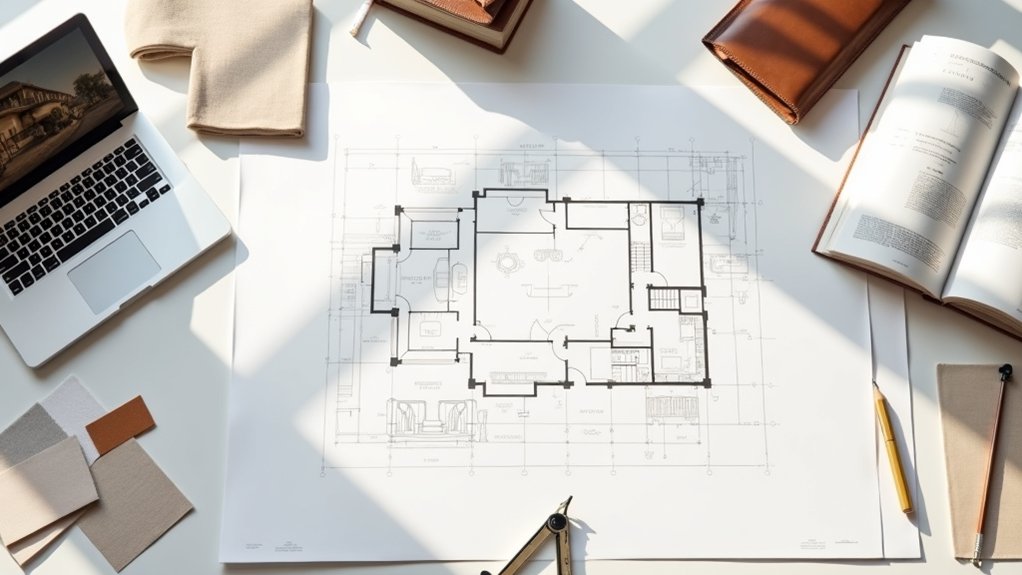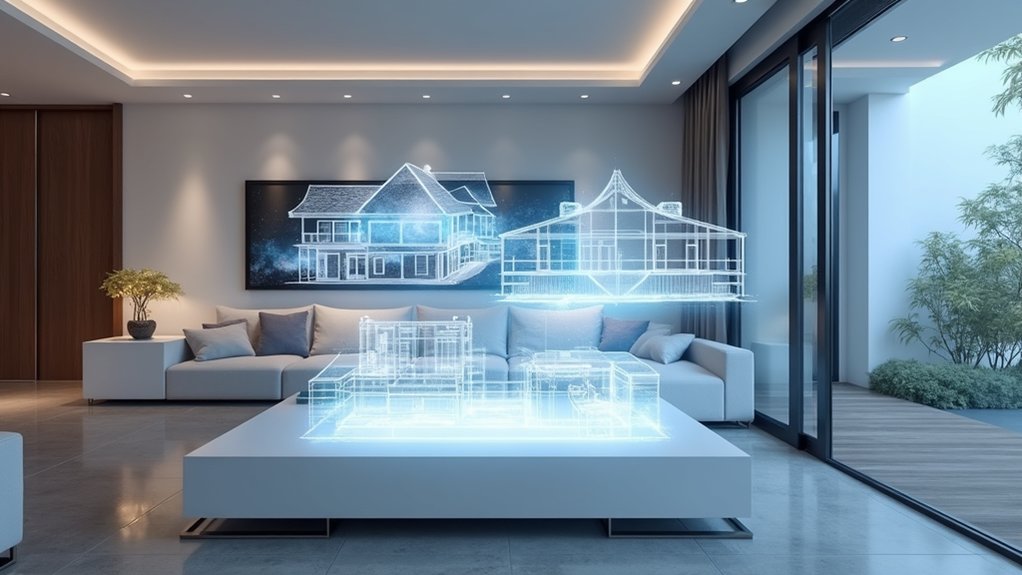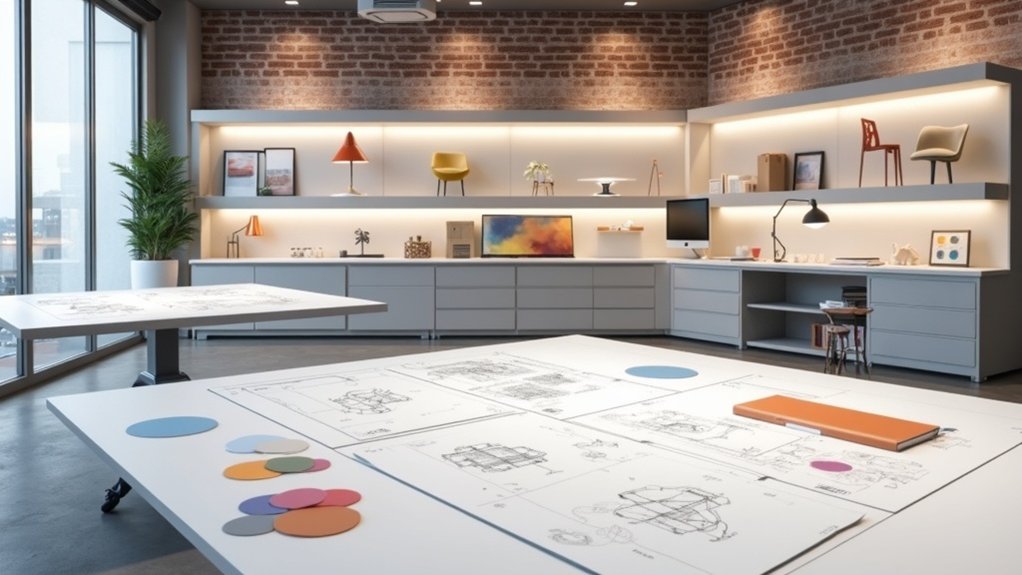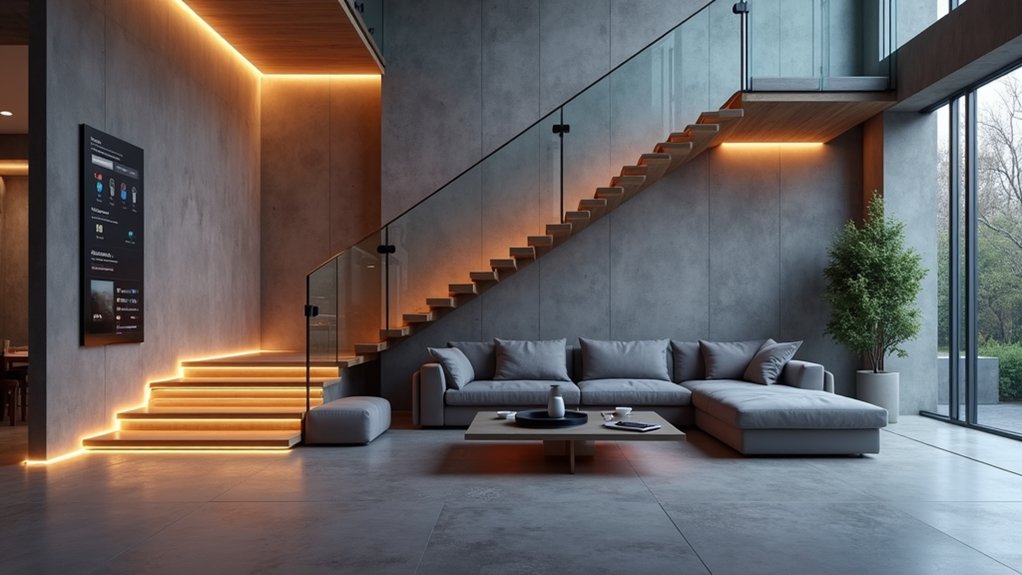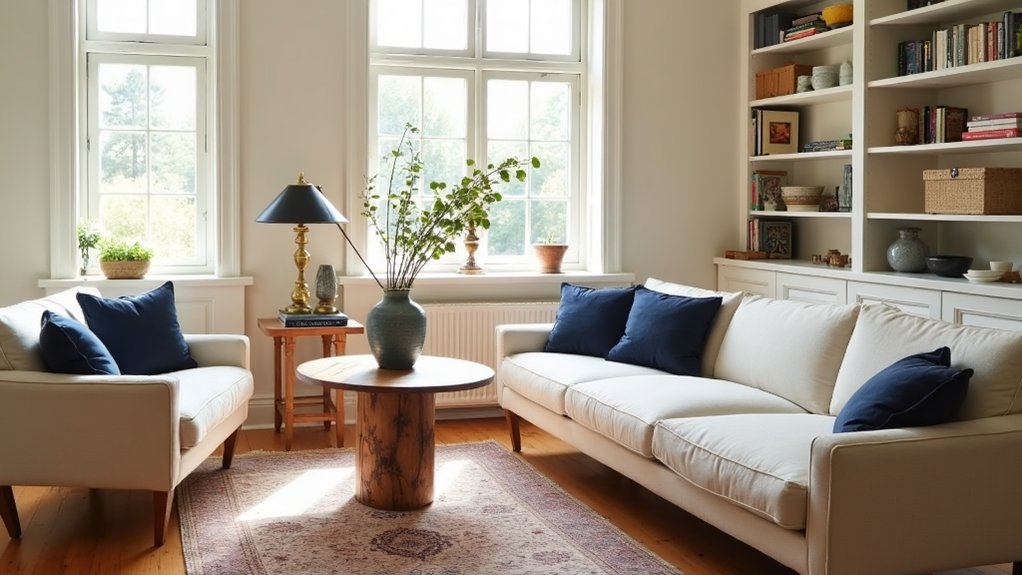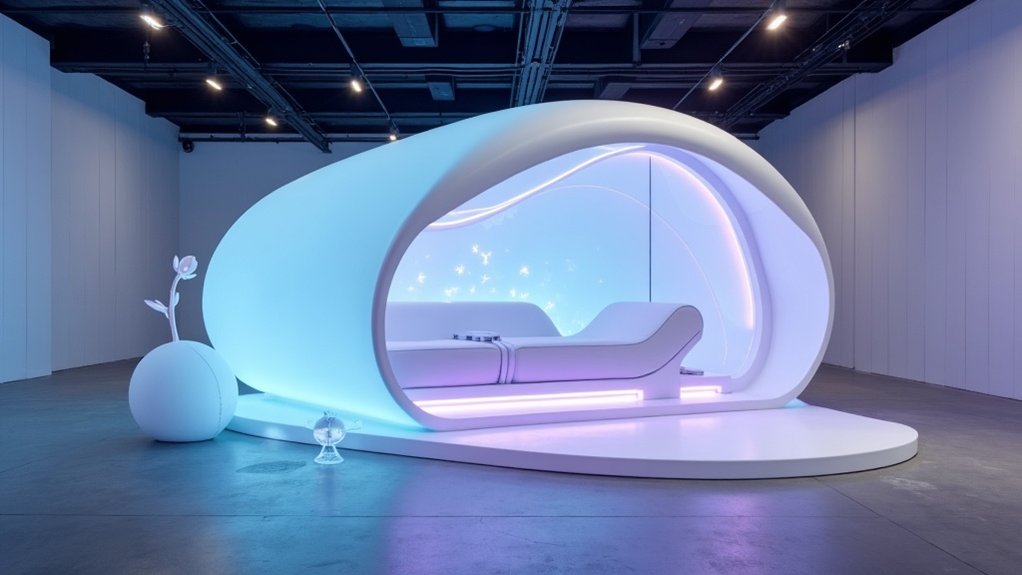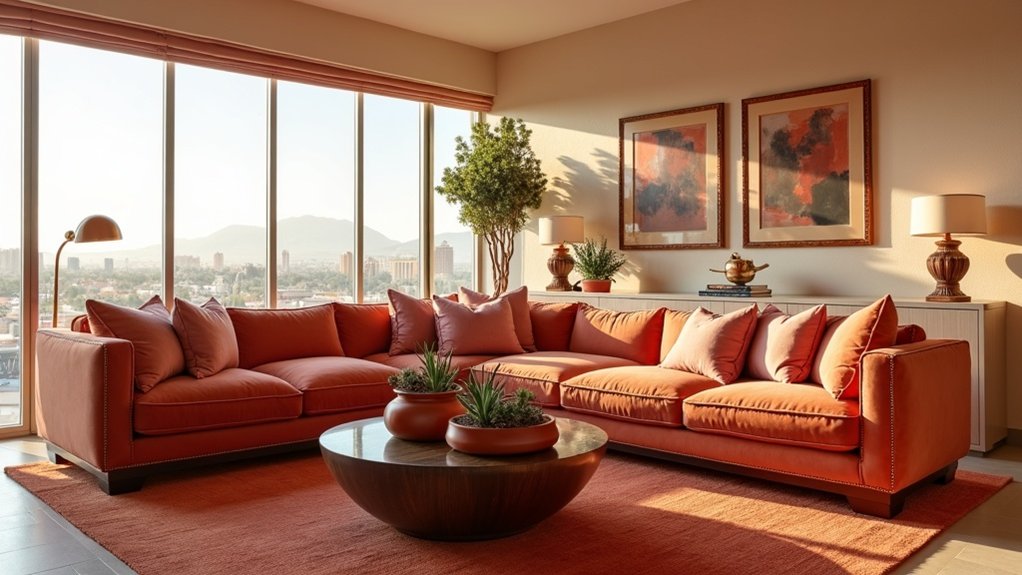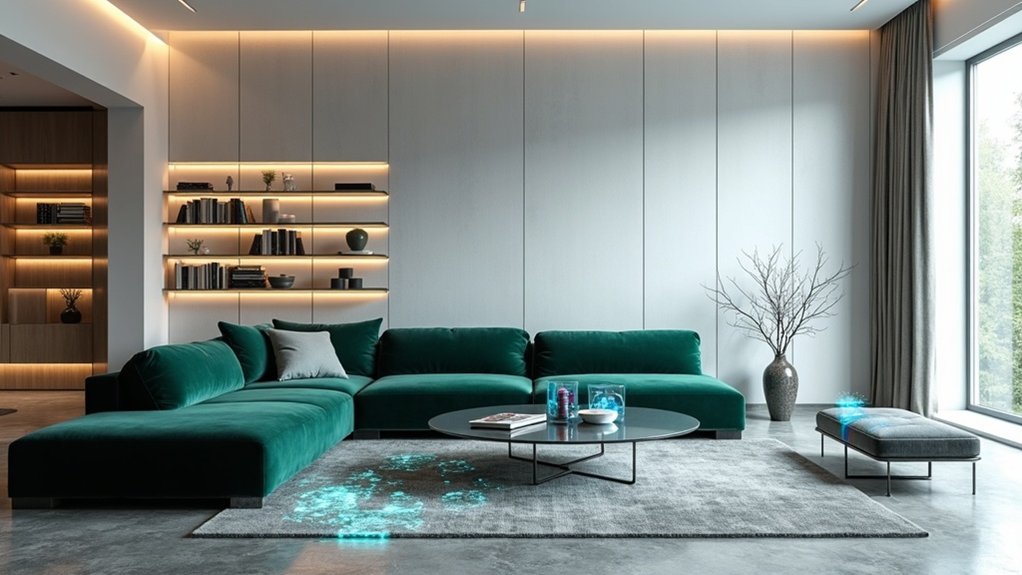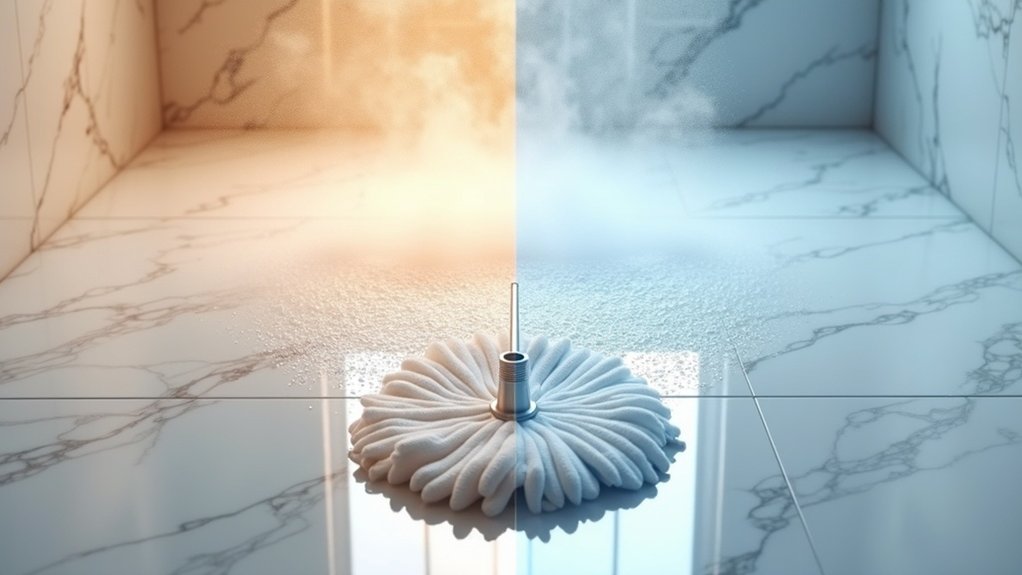Transforming empty spaces into functional, aesthetically pleasing environments requires a sophisticated blend of artistic vision and technical expertise that distinguishes professional interior designers from casual decorators. The foundation begins with mastering design principles—understanding how color theory, balance, rhythm, and harmony work together to create unified interiors. Designers must grasp spatial relationships while staying current with emerging trends, applying contrast, scale, and proportion to improve both visual interest and user experience.
Professional interior design demands sophisticated artistic vision combined with technical expertise to transform empty spaces into functional, aesthetically pleasing environments.
Technical proficiency forms the backbone of professional practice. Mastery of software like AutoCAD, SketchUp, and Revit allows designers to produce accurate renderings and technical drawings that communicate ideas precisely. Beyond digital tools, professionals must interpret architectural plans, understand material properties and sustainability options, and navigate building codes and accessibility regulations. This technical knowledge guarantees compliance while supporting informed material selections that align with project goals and client values. Modern designers increasingly incorporate sustainable materials like recycled wood, bamboo, and low-VOC paints to minimize environmental impact while meeting client demands for eco-friendly solutions.
Space planning represents where creativity meets functionality. Effective designers maximize utility without sacrificing aesthetic appeal, incorporating ergonomic principles and accessibility standards to promote comfort for all users. Through strategic zoning and furniture arrangement, they create designated activity areas while evaluating traffic flow to improve efficiency. Each spatial challenge demands tailored solutions based on thorough analysis of client needs and lifestyle patterns.
Precision and attention to detail separate exceptional designers from mediocre ones. Accurate measurements and specifications prevent costly errors, while careful coordination of patterns, textures, and finishes achieves harmonious outcomes. Professional designers maintain rigorous documentation throughout projects, reviewing drawings and tracking decisions to maintain consistency from concept to completion.
Success in interior design ultimately depends on communication and collaboration skills. Clear dialogue with clients, contractors, and vendors drives project success, while effective presentation abilities help secure stakeholder buy-in. Designers must balance active listening with professional negotiation, managing budgets and supplier relationships while fulfilling client visions. Strategic use of layered lighting schemes enhances both the atmosphere and energy efficiency of spaces while demonstrating technical expertise to clients.
When unexpected challenges arise—and they always do—creative problem-solving and adaptability become crucial. The ability to balance aesthetics with practical limitations while remaining flexible with schedules and resources distinguishes designers who merely complete projects from those who build thriving careers.
